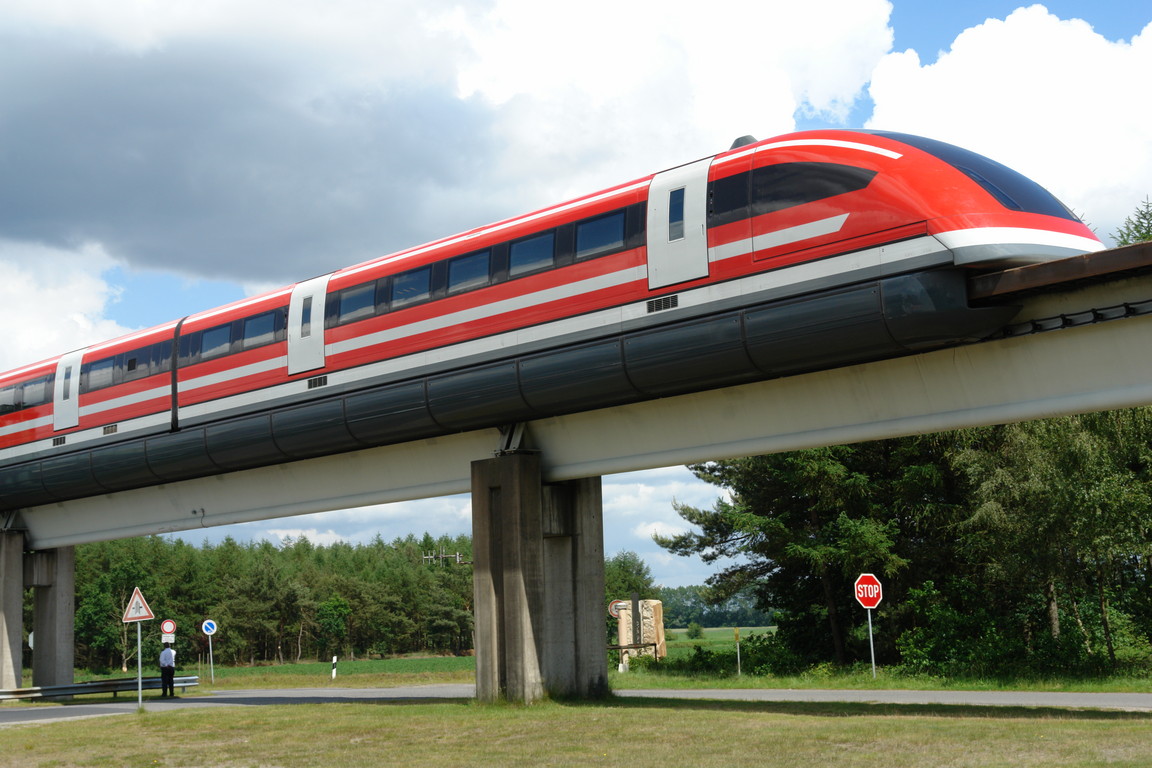My possible use of caps is to capture some solar power while I'm heating the LiFePO4's to above freezing. My estimates are about 4 hours to heat up a 100AH BattleBorn. In the winters, that may be all the solar day I get. By the time the batteries can take a charge, the suns setting.
...
One issue I don't know about is the current. If I put in a 500F capacitor bank, running the solar to charge the caps and heat the batteries, when the batteries hit 32F, the BMS could switch on the battery all at once, creating a large inrush current. I don't think that's good to hit a LiFePO4 with a high C pulse on turn on.
LiFePO4 voltage is pretty flat with discharge.
Capacitor voltage is linear with current, V^2 with voltage.
You could let PV charge capacitors, but PV wouldn't remain at Vmp.
Ideal setup is a DC/DC switcher that extracts maximum power from PV and charges capacitor with either no voltage limits (cap must withstand Voc) or some upper limit. This voltage should then be within MPPT of battery charger, perhaps where it gives optimum efficiency.
Maybe have batteries charge capacitors through diode and resistor to get them to reasonable voltage (nothing lower does any good), then charge with MPPT set for a higher voltage e.g. 72V in the case of 48V system.
This could take care of storing some power from PV prior to battery being warmed enough to accept charge.
Caps would also buffer the LiFePO4's to avoid some of the cycles and high draws, hoping to make them last longer. Caps are more forgiving on temperature, voltage extremes, and cycles.
For capacitors to supply power instead of battery, they either need to be at a higher voltage (battery connected through diode to prevent backfeed), or they start at same voltage as battery and get pulled lower. Any lower voltage on its terminals draws massive current from battery, so need an impedance - resistance, inductance, active current limiter, some sort of inrush limiter.
What is the inductance/resistance/short circuit current of supercapacitors? Any time a switch is closed connecting to other capacitors, inrush limiting would be needed.
Perhaps a high-frequency inverter architecture would be best.
It can be designed to pull up to a fixed current from battery with its boost circuit. That could for instance pull amps from a 48V battery to charge a 200V+ or 400V+ rail. The 120V or 240V sine wave would then be produced with buck. That voltage rail would supply surge by being pulled down toward 170V or 340V.
So how about hacking into your high-frequency inverter, install the supercaps in parallel with its high voltage capacitors?





